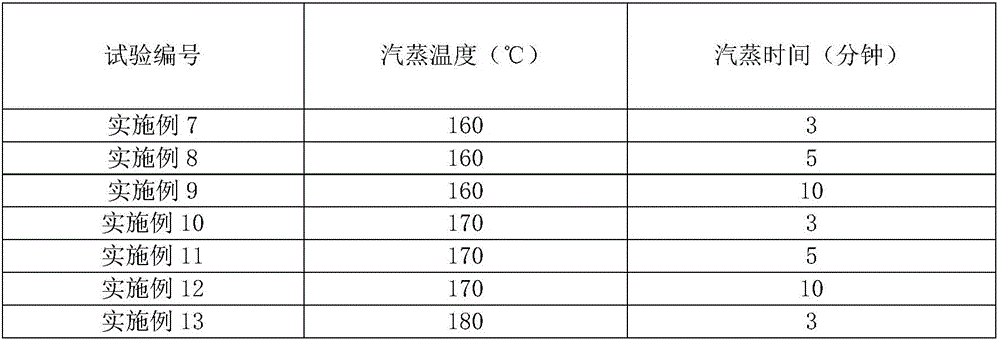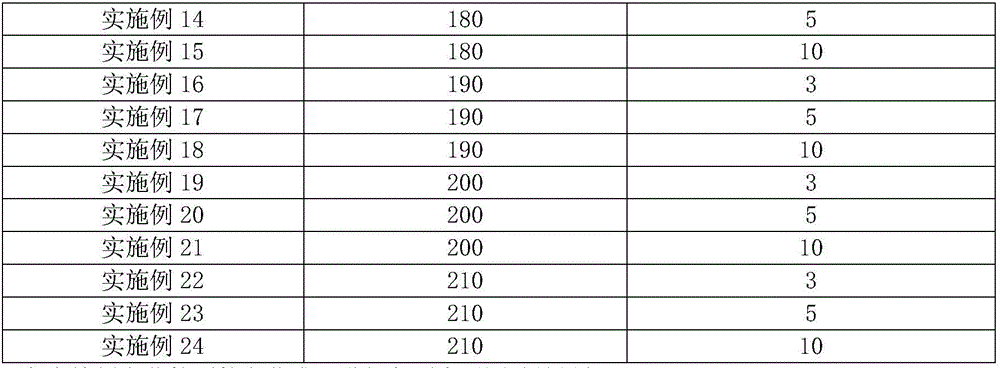Dyeing and printing process
A printing process and printing technology, which is applied in the field of textile dyeing and printing, and can solve the problems of poor yellowing resistance, poor color permeability, hard hand feeling, etc.
- Summary
- Abstract
- Description
- Claims
- Application Information
AI Technical Summary
Problems solved by technology
Method used
Image
Examples
Embodiment 1
[0051] The prepared dye-coating integrated dyeing and printing paste B-1 is used for printing, and the specific process is as follows:
[0052] Textile→printing→drying→steaming→washing→soaping→washing→drying→finishing→printing process, wherein the steaming temperature is 180°C and the steaming time is 5 minutes;
Embodiment 2
[0054] The prepared dye-coating integrated dyeing and printing paste B-1 is used for printing, and the specific process is as follows:
[0055] Textile→printing→drying→steaming→washing→drying→finishing→printing process, wherein the steaming temperature is 180°C and the steaming time is 5 minutes;
Embodiment 3
[0057] The prepared dye-coating integrated dyeing and printing paste B-1 is used for printing, and the specific process is as follows:
[0058] Textile→printing→drying→steaming→finishing→printing process, wherein the steaming temperature is 180°C and the steaming time is 5 minutes;
PUM
 Login to View More
Login to View More Abstract
Description
Claims
Application Information
 Login to View More
Login to View More - R&D
- Intellectual Property
- Life Sciences
- Materials
- Tech Scout
- Unparalleled Data Quality
- Higher Quality Content
- 60% Fewer Hallucinations
Browse by: Latest US Patents, China's latest patents, Technical Efficacy Thesaurus, Application Domain, Technology Topic, Popular Technical Reports.
© 2025 PatSnap. All rights reserved.Legal|Privacy policy|Modern Slavery Act Transparency Statement|Sitemap|About US| Contact US: help@patsnap.com



